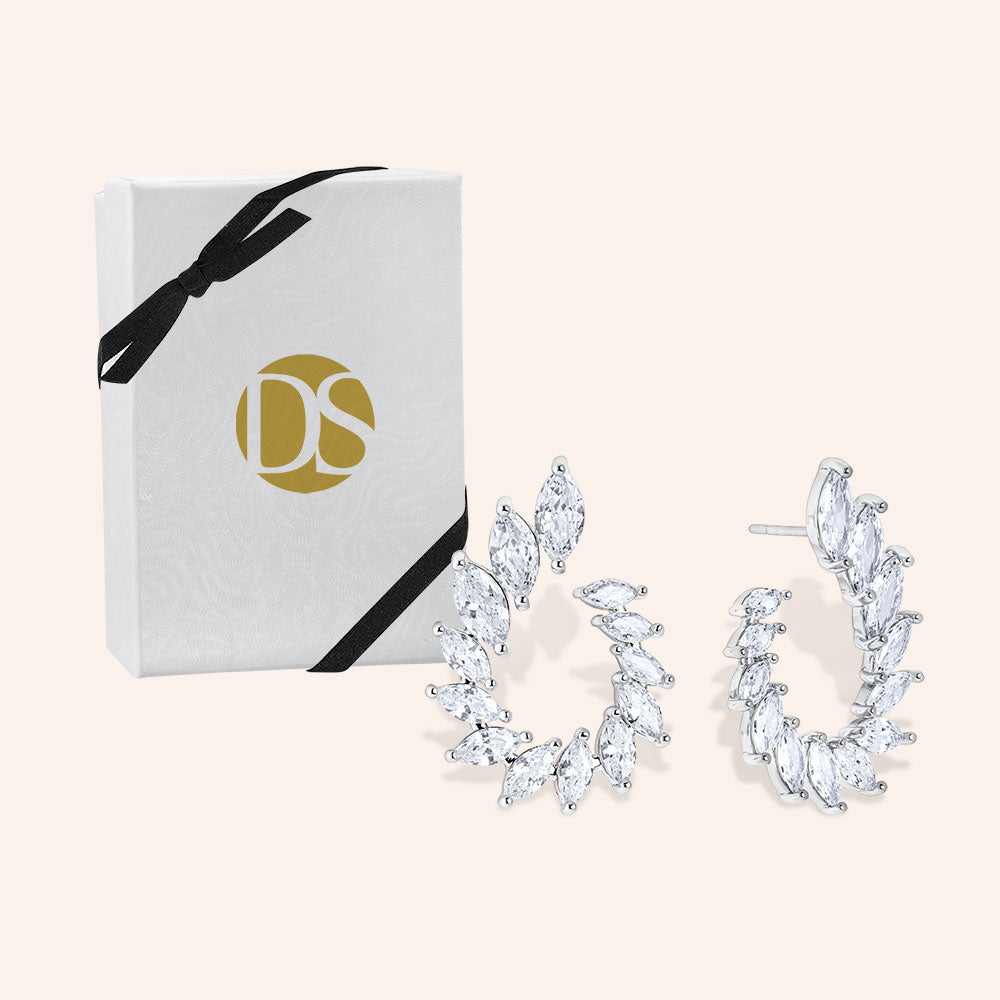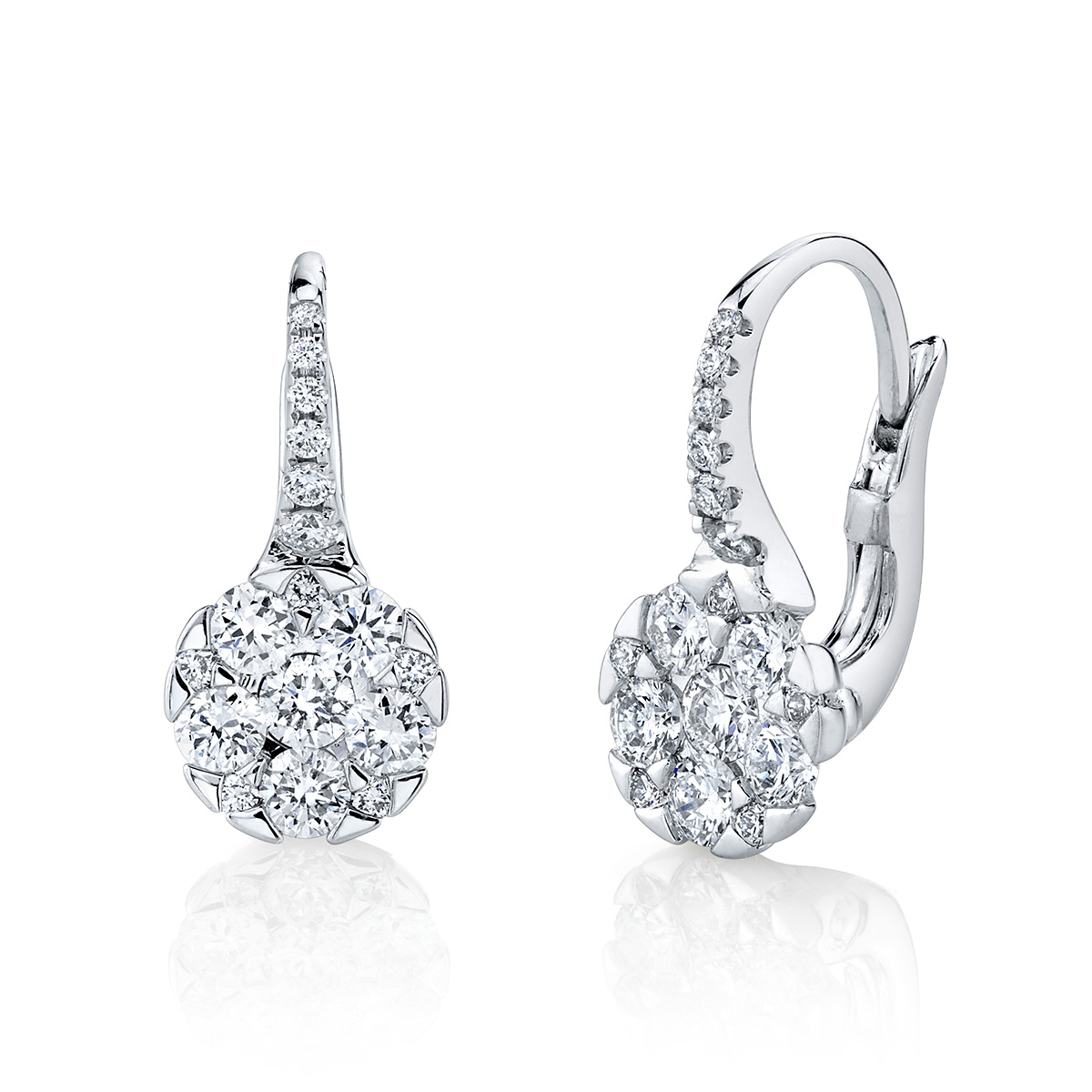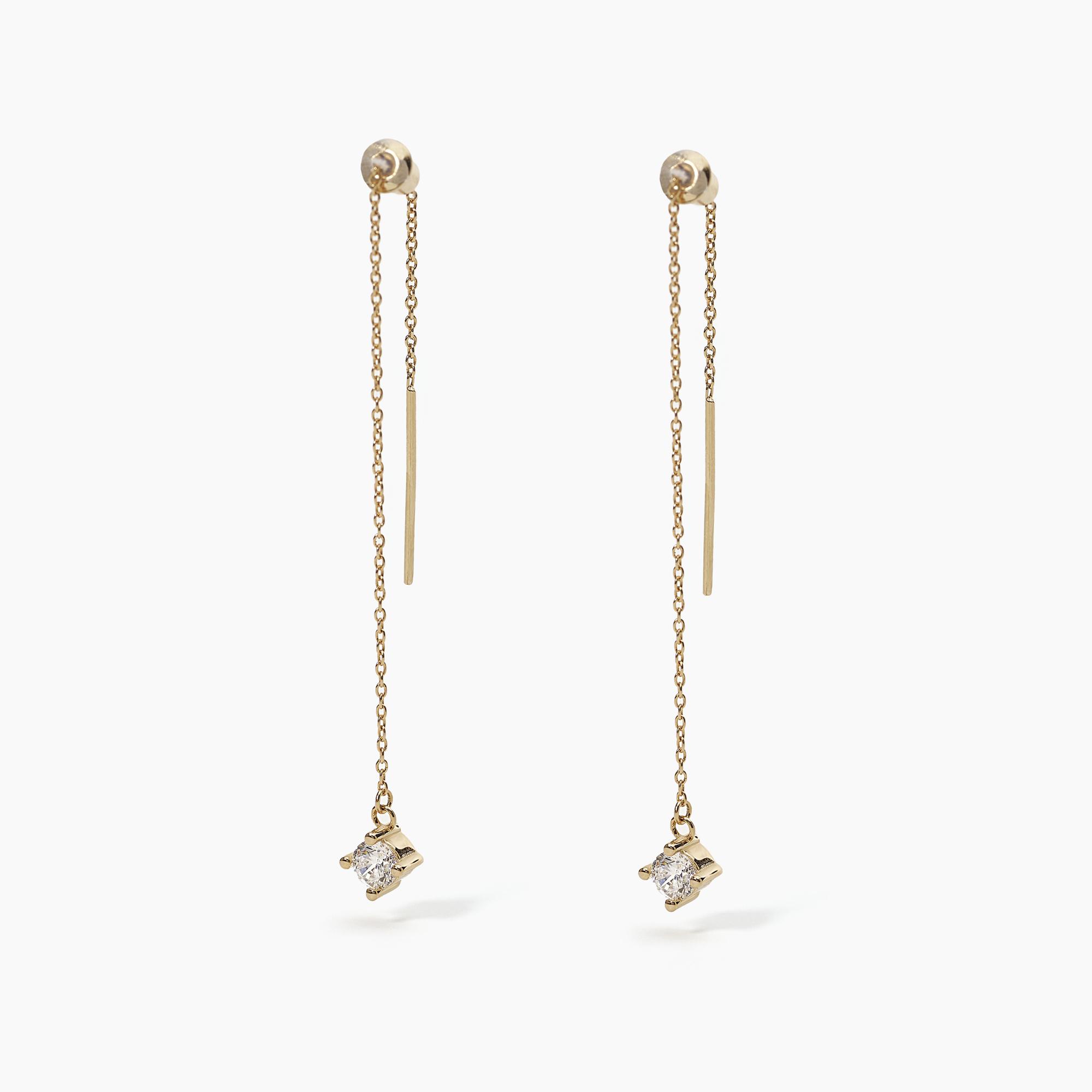
Vero argento Sterling Moissanite Ear Cuff Jacket Front Back Stud orecchino per donna ragazza diamante geometria orecchini polsino gioielli - AliExpress

Yumi Lok 5 coppie argento sterling 925 con cristallo Shamballa Sfere Orecchini Set Orecchini fatti a mano orecchini Jackets Front Back della Donna Orecchini per donna ragazza : Amazon.it: Moda

Sunburst Front Back Earrings Ear Jacket Chain Tassel Earrings 70s Druzy Sun Stud Earrings Art Deco Boho Bridal Jewelry - Etsy

1pair Stainless Steel Small Star Chain Pendant Front Back Type Hypoallergenic Stud Earrings | SHEIN USA

Yumi Lok 5 coppie argento sterling 925 con cristallo Shamballa Sfere Orecchini Set Orecchini fatti a mano orecchini Jackets Front Back della Donna Orecchini per donna ragazza : Amazon.it: Moda

0.24CT Moissanite Mermaid Ear Jacket Front Back Ear cuff Double Pearl Stud orecchino orecchini di perle coltivate d'acqua dolce borchie
Orecchini a forma di Corona regalo Donna Ragazza in argento 925 placcati in oro (Made in Italy) - Goldway World Famous Jewellery

12 Cool-Girl Front-Back Earrings To Edge Up Any Outfit | Orecchini, Collane, Tatuaggi impressionanti

Vanbelle Sterling Silver Jewelry Cubic Zirconia Stone Studded Front & Back Due pezzi Orecchini a triangolo con placcatura in rodio per donne e ragazze : Amazon.it: Moda
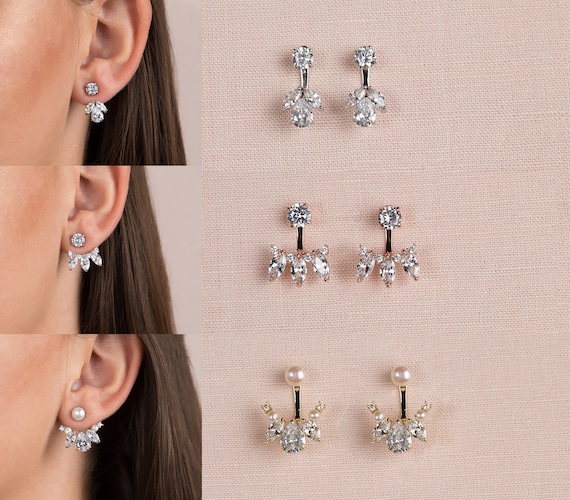
Orecchini da damigella d'onore con giacca anteriore posteriore, orecchini con perle e cristalli, orecchini con giacca da sposa, argento, oro rosa, giacche con orecchini d'oro - Etsy Italia

AllSaints HEXAGON FRONT BACK EARRING SET - Orecchini - silver coloured, gold coloured/argentato - Zalando.it





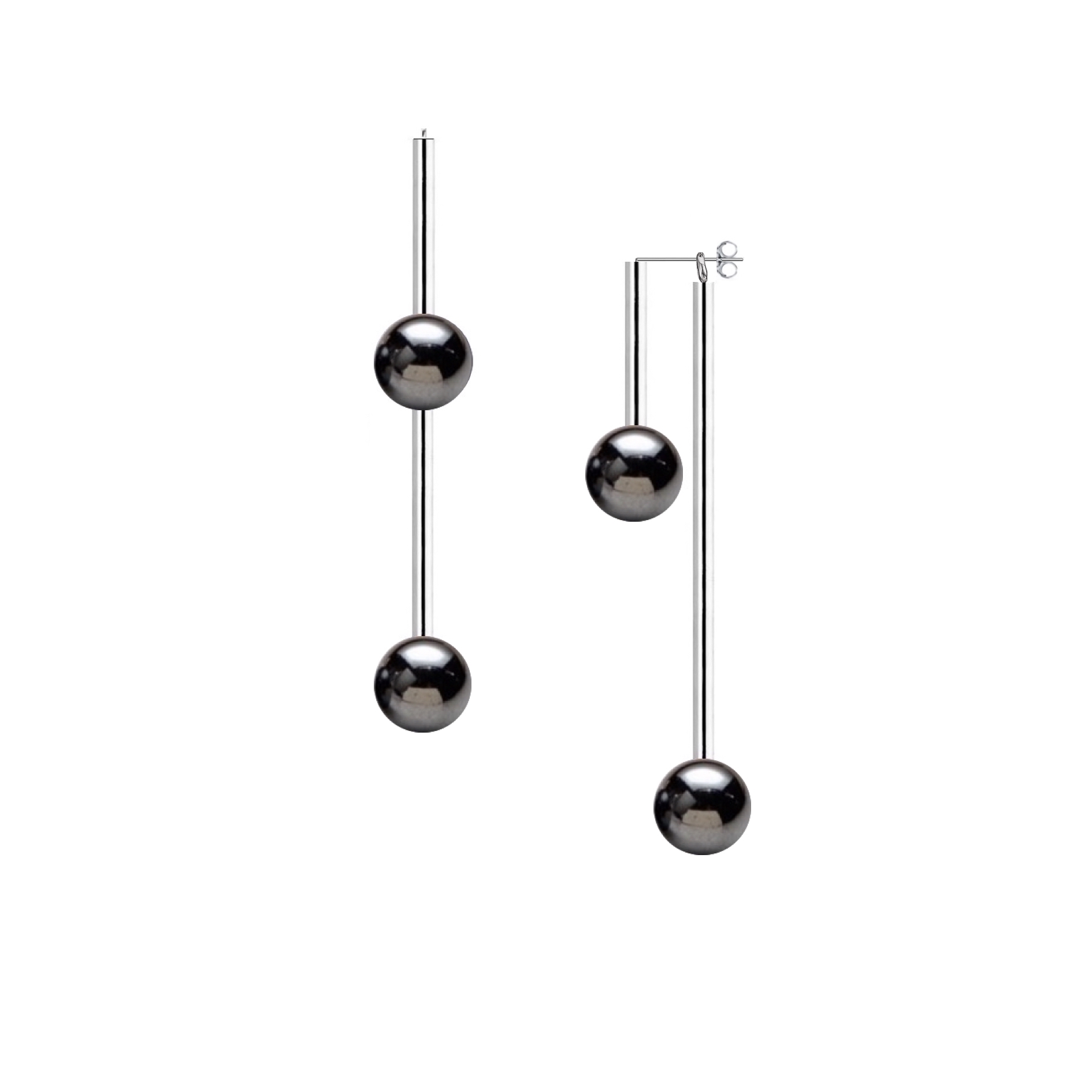

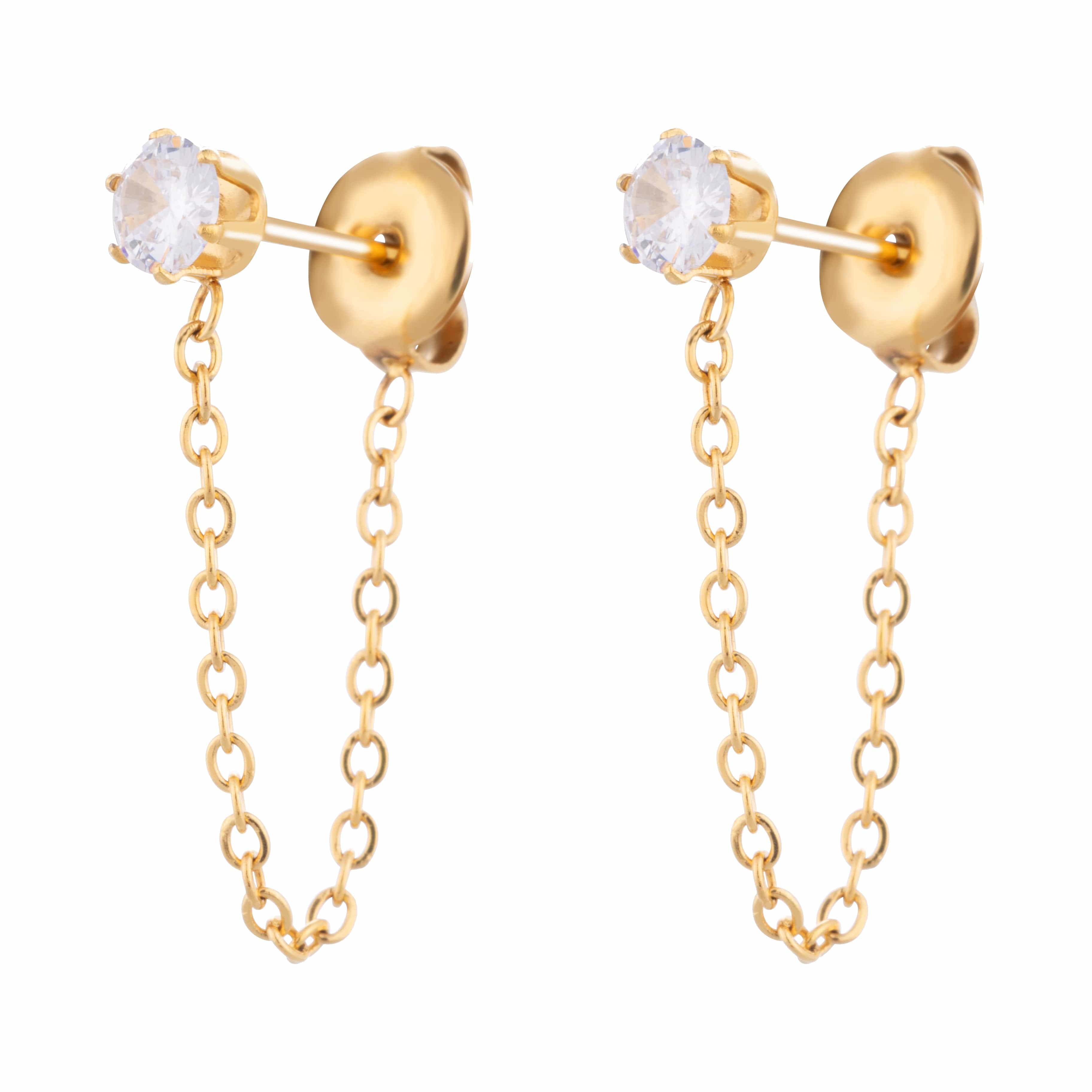


/orecchini-tory-burch-kira-pearl-front-back-earring-153672-tory-gold-bronze-pink-0196133827680.jpg)

